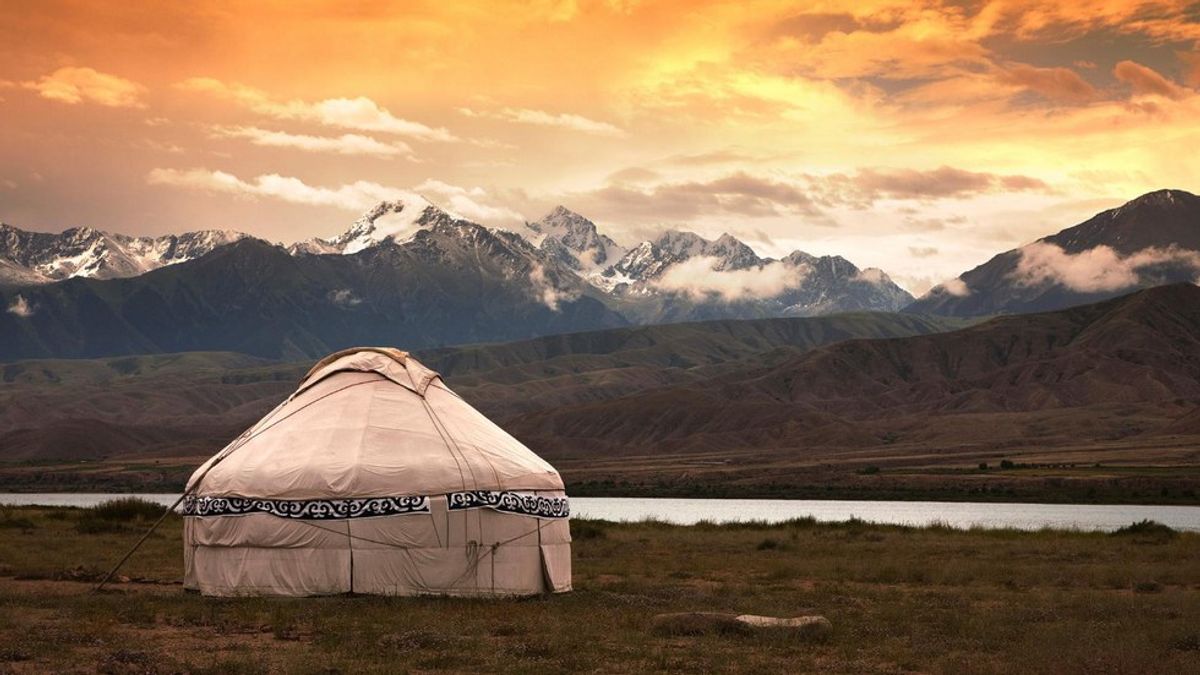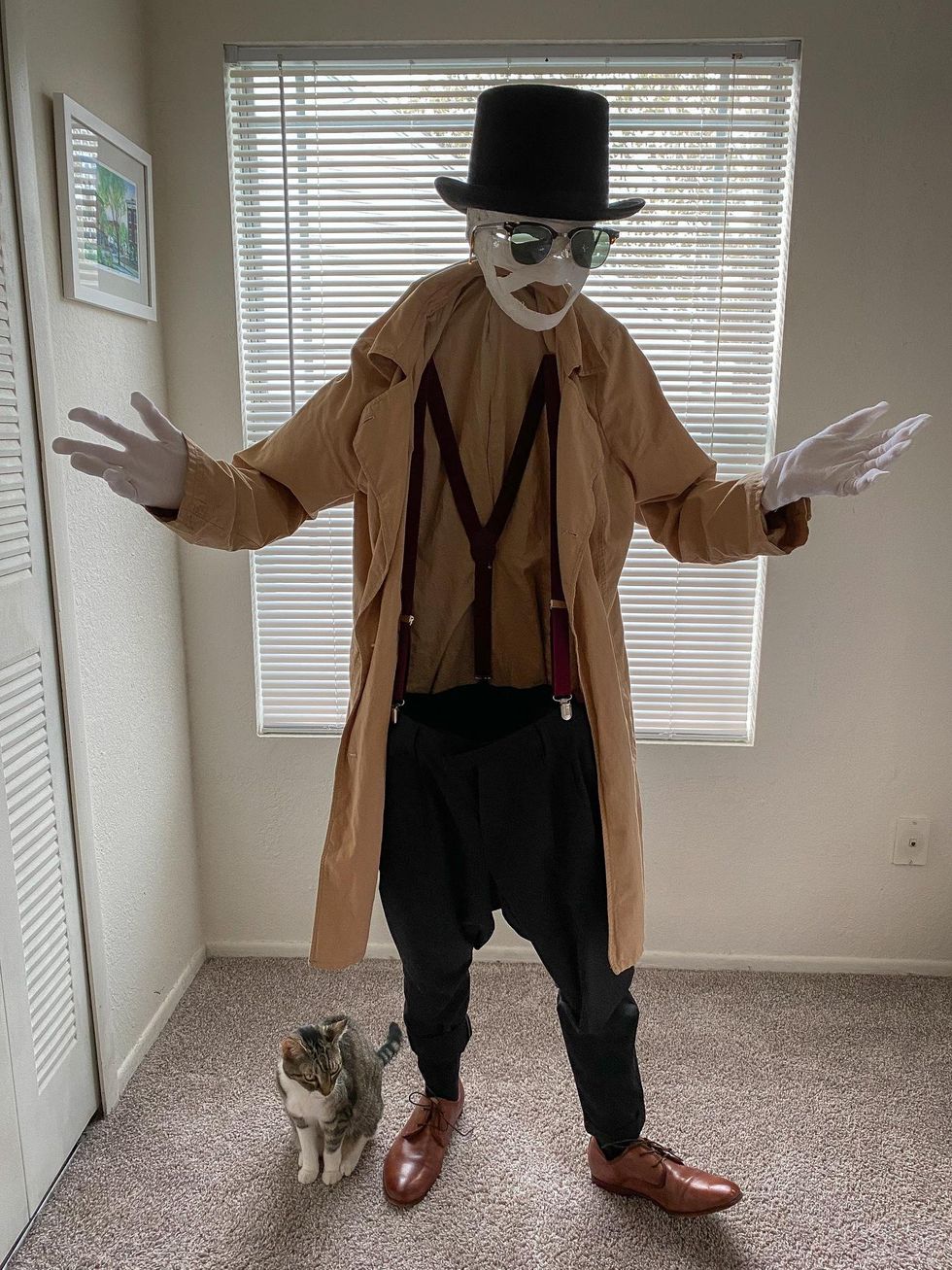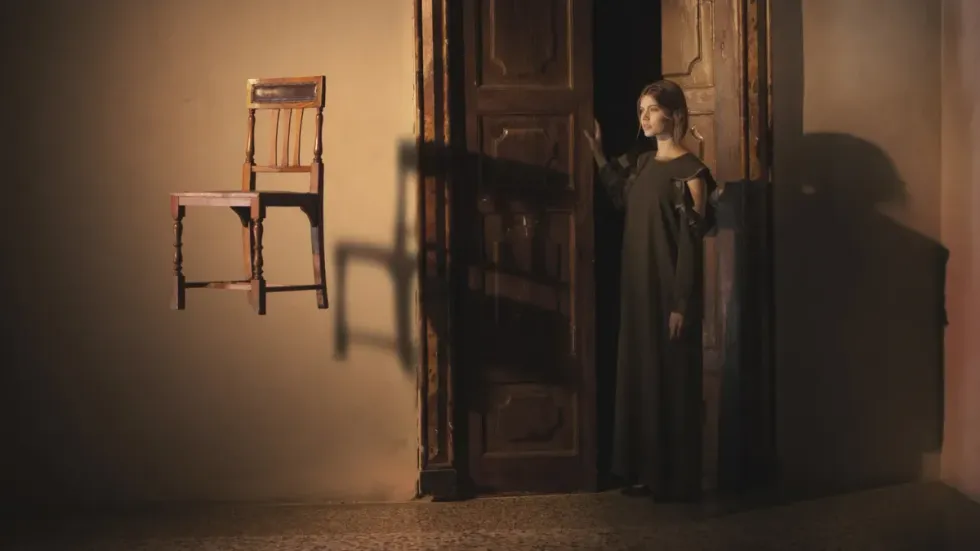This is a new series in which every week I will discuss a little-known location or country that I have always wanted to travel to. It will feature a brief history on the location, fun things to do in the country, and why I want to travel here.
For the first edition of Let’s travel I will begin with the number one place I have always wanted to go, Mongolia. Mongolia is one of the most remote countries in the world, as a result, of the most beautifully preserved and natural. This is the perfect place to go if you don’t want to see other people. With a population of only three million in the 18th largest country in the world, Mongolia boasts the world’s lowest population density, at only 1.97 people per km2 or 5.1 people per square mile. Mongolia is a landlocked country above China and below Russia, that is mostly covered by grassy steppe with mountains to the north and west and the vast Gobi Desert to the south. Mongolian people stick to their traditional roots with 30% of their population living as nomadic or semi-nomadic herders. The country is virtually untouched by urbanization, with only one major city, Ulaanbaatar, which is also the coldest capital city in the world with an average temperature or 0 degrees Celsius or 32 degrees Fahrenheit.
The history of Mongolia is some of the most fascinating in the world, most of it passed through oral tradition except for "The Secret History of Mongols,"an ancient text written sometime after the death of Chinggis Khan. By the way, the correct pronunciation and spelling of Genghis Khan is actually Chinggis and as respect to the great leader I will use this version. In the 13th Century, a young clan leader named Temujin of house Borjigin united the hundred clans of Mongolia through violence but also diplomacy, promising the various clans greater glory should they ally themselves. They agreed, and Chinggis Khan, believing his right to rule came from God, began his conquest of the world. By the end of his conquests, and those of his sons and grandsons, the Mongol Empire stretched roughly from Poland to Korea, and was the largest land Empire in the history of the world. The Mongolians were the only people to successfully invade Russia in the winter, and to hold both Russia and China at the same time. Although the Mongol rule is characterized to be brutal and genocidal, recent analysis of the Khans, Khan meaning “great unifier,” revealed that Mongolia was actually very advanced in many aspects. Chinggis Khan took control of the silk road, eliminating bandits which allowed trade and ideas to flow freely. This in part led to the Renaissance in Europe as information of lost arts and culture was carried back from the Holy Land along the Silk Road. Women generally enjoyed a much higher respect and amount of rights when compared to their European counterparts at this time. Yes, there were many instances of rape and the keeping of harems, but Mongol women were trained to fight alongside men. The environment of Mongolian is too harsh to subjugate one half of the population. Women could divorce and own property, and they could leave their husbands if he was abusive. The Mongols also practiced religious toleration and cultural respect for those within their empire. Conquered areas could keep their Gods and culture, so long as they respected the Khan as their supreme ruler and paid their taxes. The Khans also established the world’s first unified tax system and had some of the most advanced mail and letter delivery system. Pretty impressive for a bunch of savages, don’t you think? The Mongols were also not totally savage. When approaching a town, they always offered a choice: surrender and your lives will continue with your same culture and religions, you’ll just have to obey the Khan and his taxes, or fight and we will kill every single one of you. The Mongolians were also the first to use biological weapons as they would hurl diseased bodies into walled in towns. Did I mention that they created the largest land empire in history without a capital city? Well, technically they had a city but it just moved around a lot. The Mongolians lived in little huts called Yurts, which they could set up and take down in less than two hours. The Mongolian empire continued until the 17th century until internal strife between Khans led to the collapse and conquering by China. They regained independence in 1921 with help from the Soviets and a communist regime was implemented in 1924. During Mao Ze-Dong’s cultural revolution of the late 1960s, many Mongolians in the Inner Mongolian Region, a landmass that once belonged to Mongolia but was stolen by China, were massacred. Some estimates of up to 50,000 Mongolians were hunted down and executed by the Chinese government trained agents. In 1990, Mongolia underwent a peaceful democratic revolution and was freed from the Communists.
There are many exciting things to do in Mongolia that you would be hard pressed to do anywhere else. Probably the most thrilling would be to rent a horse and explore the Gorkhi-Terelj National Park, which is right outside Ulaanbaatar. Nowhere else in the world are horses so ingrained in the culture, and thus so generally accepted. Another popular, non-city thing to do is to visit the country during Naadam, the traditional festival of Mongolia. It literally translates to “games” and features the traditional Mongolian games of wrestling, horse racing and archery. Visitors will be impressed by the physical displays of strengths during these games, but more so by the colorful costumes and deeply rooted historical and cultural significance. Falconry is still commonly practiced in Mongolia, and thus those with a passion for birds will find many nature and wildlife preserves that take care of falcons. Heading into the capital of Mongolia, Ulaanbaatar, visitors will want to visit the Genghis Khan Statue, a tribute to their great leader. They will also want to see National History Museum, which features items from the Mongolian empire and their unified culture, from 1200 AD to the present day. Of course, you’ll have to visit the many restaurants and street vendor stalls in the city to taste true Mongolian dishes, which feature mostly meats and cheeses. Only 2% of the land in Mongolia is arable, and they are historically nomadic, thus farming was not practiced and vegetables are not as common in Mongolian dishes.
This culture has fascinated me for years, to the point where my friends make fun of me for loving Mongolia so much. To me, this is the ultimate Eastern Country, shrouded in mystery with tales of past glories and even a connection to Europe, if you believe Marco Polo. Mongolia is off the beaten track, but that makes it all the better. Maybe this can be a place where people who are truly interested by their culture and history can visit, while those who are not, don’t visit. The Mongolian people, I’ve read, are some of the most welcoming in the world, and will always invite you in their house, or Yurt, for a cup of warm milk tea. The spirit of the traveler burns inside them, and it does me as well.
Next week we will be looking at: Egypt. This is a new series in which every week I will discuss a little-known location or country that I have always wanted to travel to. It will feature a brief history on the location, fun things to do in the country, and why I want to travel here.




 Going to the cinema alone is good for your mental health, says science
Going to the cinema alone is good for your mental health, says science












 women in street dancing
Photo by
women in street dancing
Photo by  man and woman standing in front of louver door
Photo by
man and woman standing in front of louver door
Photo by  man in black t-shirt holding coca cola bottle
Photo by
man in black t-shirt holding coca cola bottle
Photo by  red and white coca cola signage
Photo by
red and white coca cola signage
Photo by  man holding luggage photo
Photo by
man holding luggage photo
Photo by  topless boy in blue denim jeans riding red bicycle during daytime
Photo by
topless boy in blue denim jeans riding red bicycle during daytime
Photo by  trust spelled with wooden letter blocks on a table
Photo by
trust spelled with wooden letter blocks on a table
Photo by  Everyone is Welcome signage
Photo by
Everyone is Welcome signage
Photo by  man with cap and background with red and pink wall l
Photo by
man with cap and background with red and pink wall l
Photo by  difficult roads lead to beautiful destinations desk decor
Photo by
difficult roads lead to beautiful destinations desk decor
Photo by  photography of woman pointing her finger near an man
Photo by
photography of woman pointing her finger near an man
Photo by  closeup photography of woman smiling
Photo by
closeup photography of woman smiling
Photo by  a man doing a trick on a skateboard
Photo by
a man doing a trick on a skateboard
Photo by  two men
two men  running man on bridge
Photo by
running man on bridge
Photo by  orange white and black bag
Photo by
orange white and black bag
Photo by  girl sitting on gray rocks
Photo by
girl sitting on gray rocks
Photo by  assorted-color painted wall with painting materials
Photo by
assorted-color painted wall with painting materials
Photo by  three women sitting on brown wooden bench
Photo by
three women sitting on brown wooden bench
Photo by 
 Photo by
Photo by  Photo by
Photo by  Photo by
Photo by  Photo by
Photo by 


 people sitting on chair in front of computer
people sitting on chair in front of computer



 all stars lol GIF by Lifetime
all stars lol GIF by Lifetime two women talking while looking at laptop computerPhoto by
two women talking while looking at laptop computerPhoto by  shallow focus photography of two boys doing wacky facesPhoto by
shallow focus photography of two boys doing wacky facesPhoto by  happy birthday balloons with happy birthday textPhoto by
happy birthday balloons with happy birthday textPhoto by  itty-bitty living space." | The Genie shows Aladdin how… | Flickr
itty-bitty living space." | The Genie shows Aladdin how… | Flickr shallow focus photography of dog and catPhoto by
shallow focus photography of dog and catPhoto by  yellow Volkswagen van on roadPhoto by
yellow Volkswagen van on roadPhoto by  orange i have a crush on you neon light signagePhoto by
orange i have a crush on you neon light signagePhoto by  5 Tattoos Artist That Will Make You Want A Tattoo
5 Tattoos Artist That Will Make You Want A Tattoo woman biting pencil while sitting on chair in front of computer during daytimePhoto by
woman biting pencil while sitting on chair in front of computer during daytimePhoto by  a scrabbled wooden block spelling the word prizePhoto by
a scrabbled wooden block spelling the word prizePhoto by 








